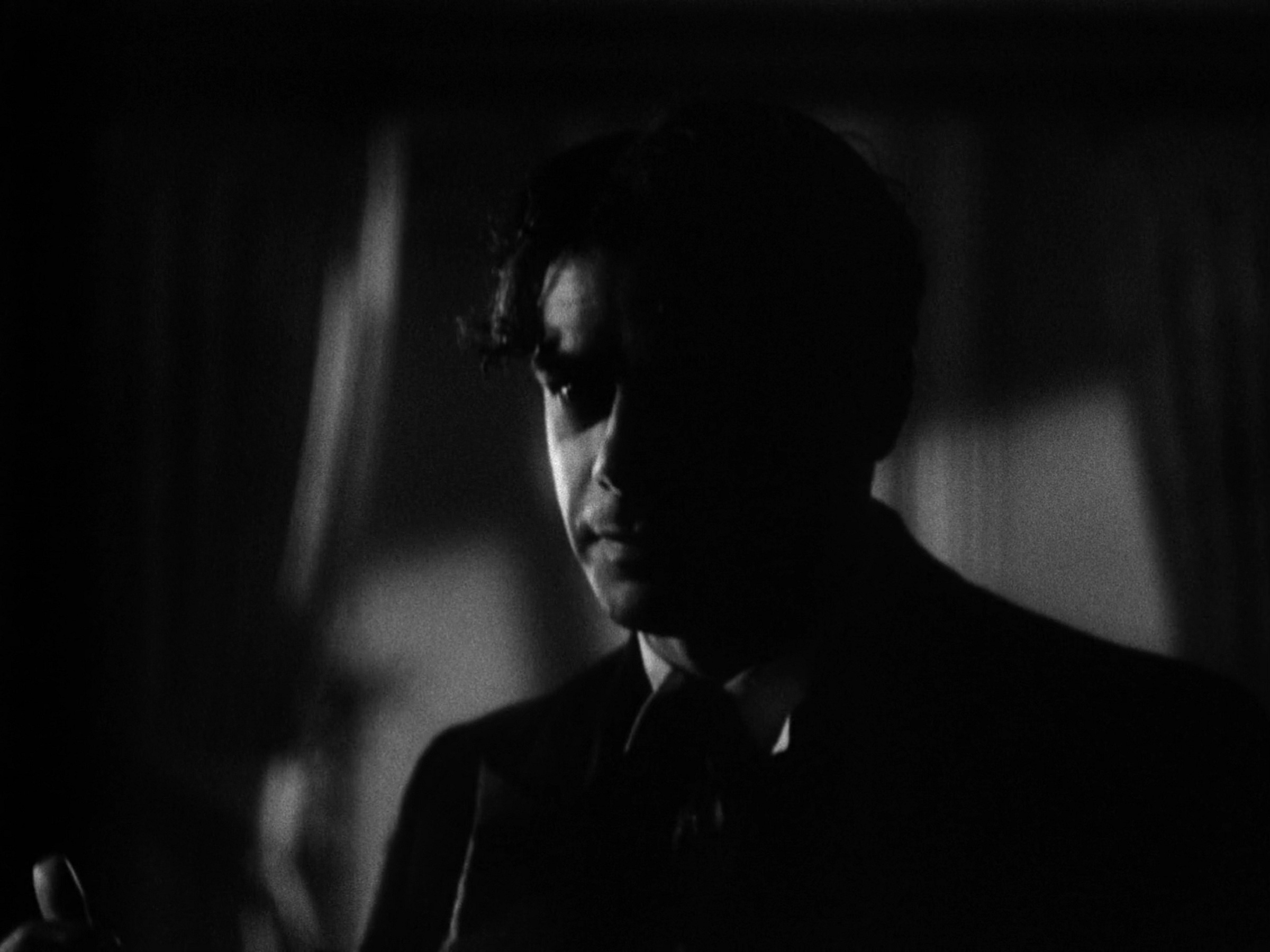It’s a fitting coincidence that I watched the original Hawks Scarface right after reading Sigmund Freud’s Civilization and its Discontents. In that book, Freud attempts — among many other things — to locate the origin of the cis male’s tendency towards aggression. In simple terms he concludes that male aggression, demonstrably a major factor in the shape of human history, is deeply intertwined with men’s fear of death, and the unconscious fascination with death that leads to self-destructive behavior. (Freud’s explanation for why women are sweepingly exempt from these phenomena is not exactly charitable.) I say all this because Scarface features as its main character a living personification of male aggression and the “death drive.” Tony Camonte (Paul Muni) is a gangster’s bodyguard devoted solely to the pursuit of power at any cost, and seeing him strong-arm, double-cross, and murder his way to the top of 1920s gangland Chicago is like watching a wrecking ball tear through the city. I would describe the work of Hawks, my favorite Old Hollywood filmmaker, as many things, but “stark” usually isn’t one of them; Scarface is almost oppressively black and white, and I’m not talking about its film stock. Speaking of imagery, though: few movies I’ve seen have so effectively used human shadows, most notably in the stunning opening sequence and a later scene where the silhouettes of Tony’s enemies collapse en masse as their corresponding bodies are gunned down. All to say that finally viewing a pre-Code gangster pic was a treat. In Tony we can clearly recognize a template for the tortured men who dominated 1970s, post-Code American cinema and beyond: not only the aggression and death drive, but also the self-loathing and fear of women. All that’s missing is the drugs. Tony Camonte died so that Tony Montana could die again, this time in a swirling cloud of cocaine.
Streaming on the Criterion Channel; available for rent on Apple TV and Amazon.





